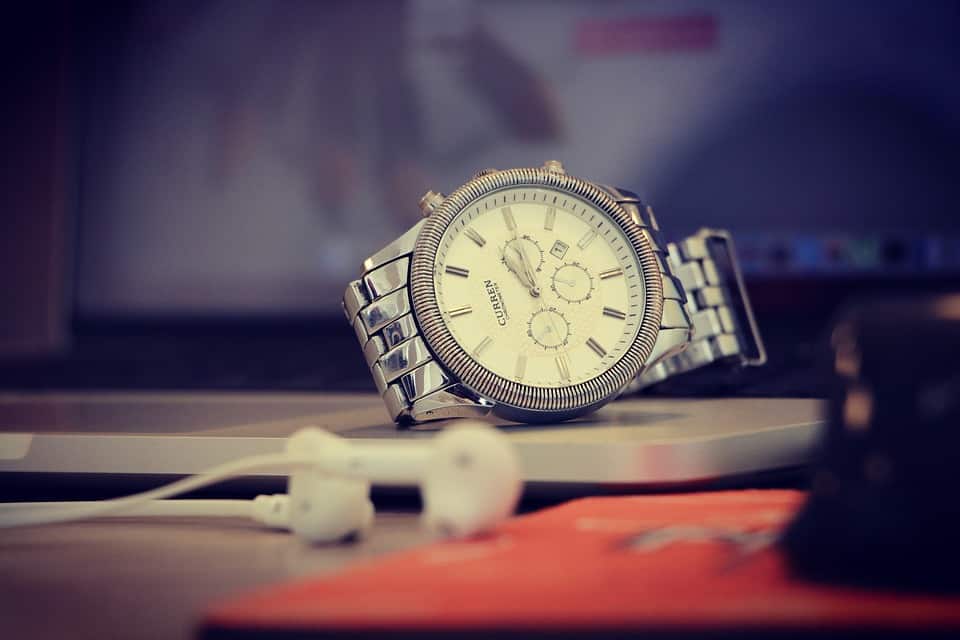The leather bomber jacket remains one of the most popular styles of men’s outerwear. Featuring a genuine leather construction, it’s soft, comfortable, durable and stylish. But if you plan on buying a leather jacket, you’ll need to know how to care for it; otherwise, you may find yourself having to replace it just a few years down the road.
Read the Care Label
As with most garments, it’s a good idea to read the care label on a leather jacket. Typically found inside the collar (around the neck area), the care label contains specific instructions by the manufacturer regarding how to clean and care for the jacket. Being that different manufacturers use different techniques to produce their leather jackets, you should always heed the advice listed on the care label.
Choose Genuine Leather
When shopping for a new leather jacket, make sure it’s made of 100% genuine leather and not fake or “faux” leather. Only the former is true leather. The latter is actually a synthetic fabric that’s designed to mimic the appearance and characteristics of real leather. As a result, fake and faux leather jackets don’t offer the same level of quality as their genuine counterpart, which can make them difficult to care for.
Moisturize with a Leather Conditioner
Leather jackets are generally considered low maintenance. However, there’s one thing that you will need to do: moisturize it. Using a special leather conditioning product, try to get into the habit of moisturizing your leather jacket once a month. When leather becomes too dry, it can crack open; thus, creating serious damage. This problem is easily prevented, however, by using a leather conditioning product. The conditioner will add moisture to the leather, protecting it from drying out and cracking.
Storage
You’ll also need to store your leather jacket in a climate-controlled environment. Why is this important? Well, leather needs some moisture, but too much can damage it. This is particularly true when speaking about moisture vapor in the air or what’s more commonly known as humidity. Airborne moisture vapor can saturate leather, causing it to develop mildew. To protect your leather jacket from this, store it in a climate-controlled environment with a relative humidity of 40% to 50%.
These are just a few tips to preserve and protect your leather jacket. Most importantly, though, remember to check the care label for specific instructions by the manufacturer. Following these tips will make your leather jacket last a lifetime.
References:




